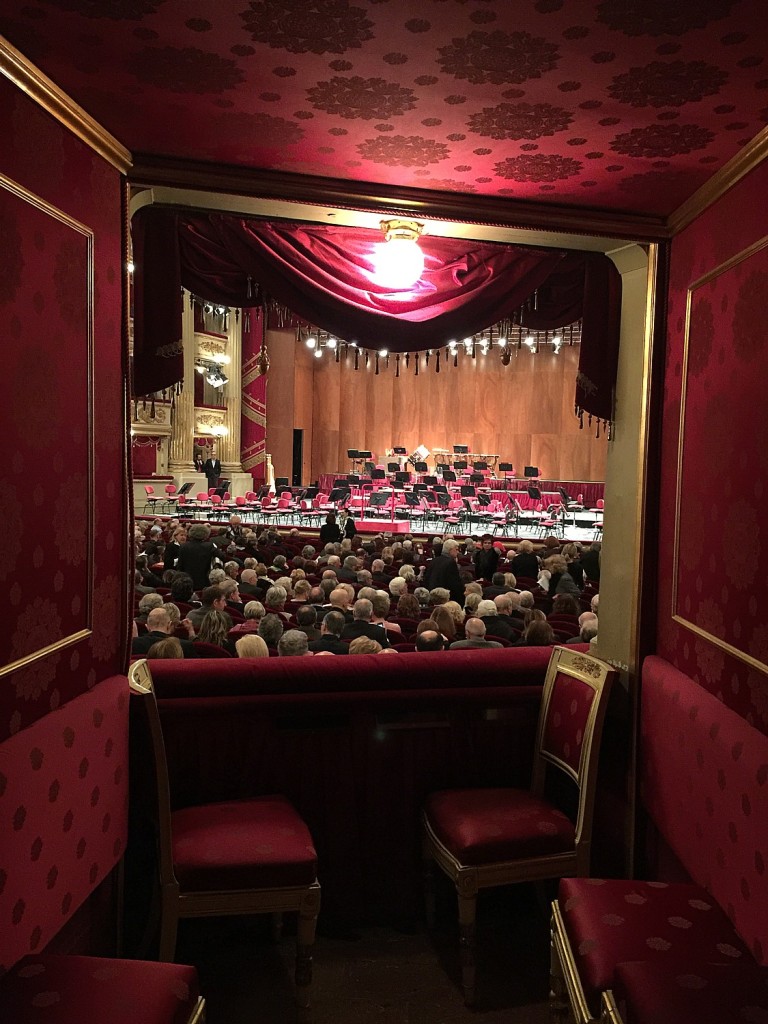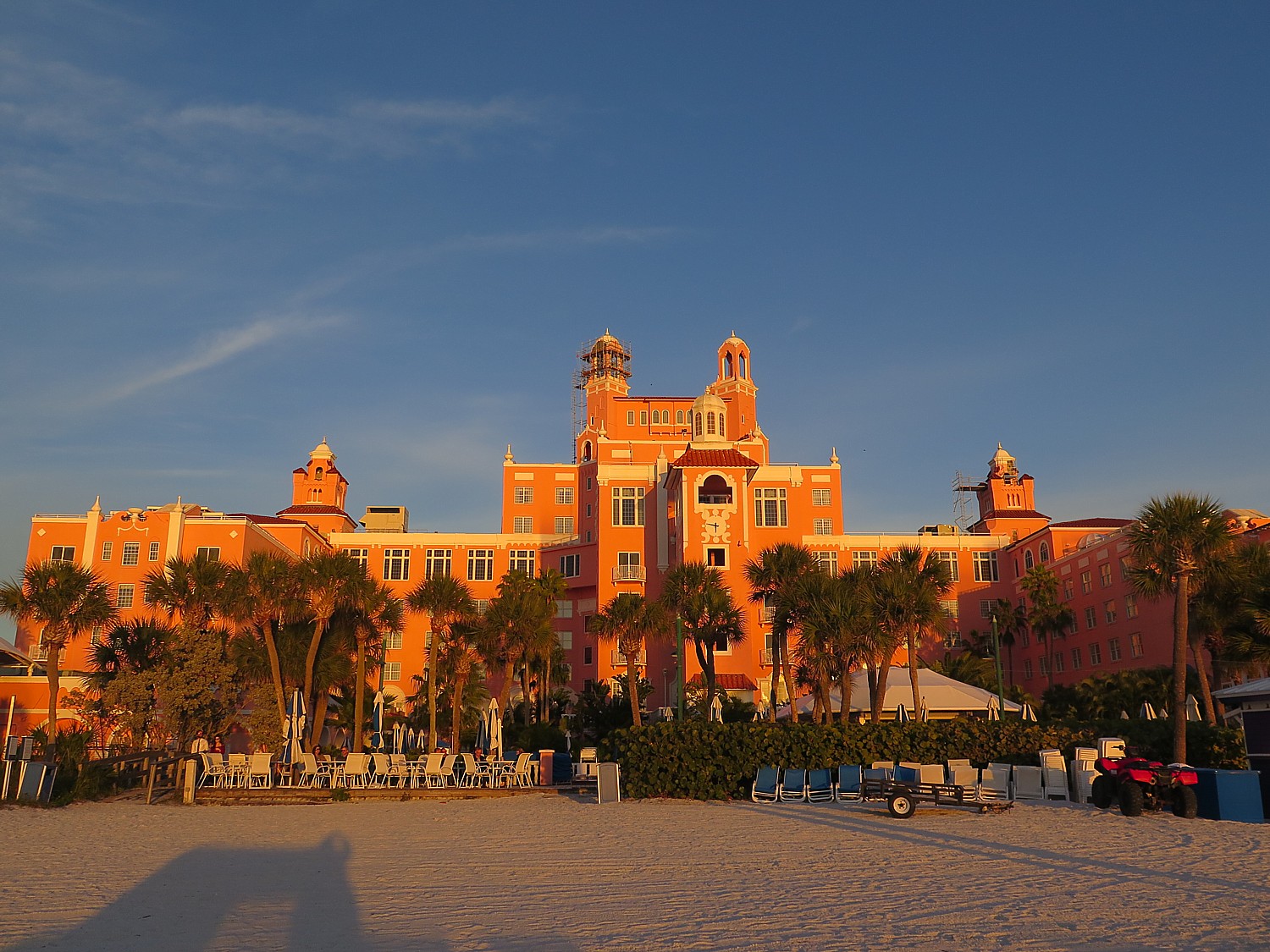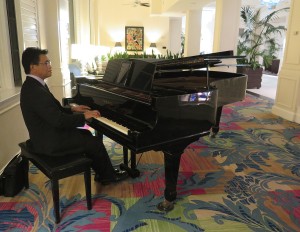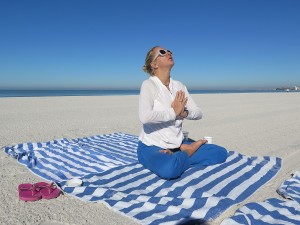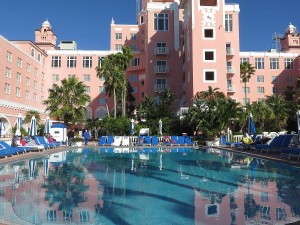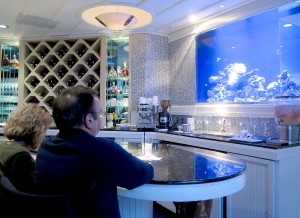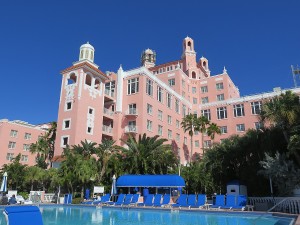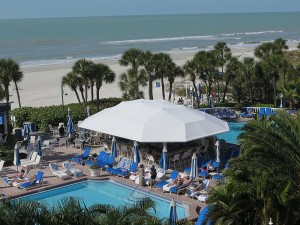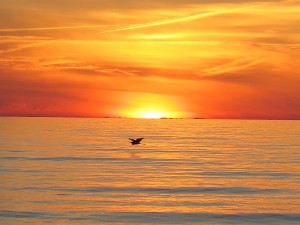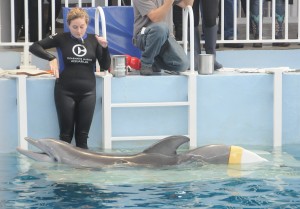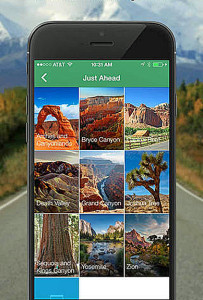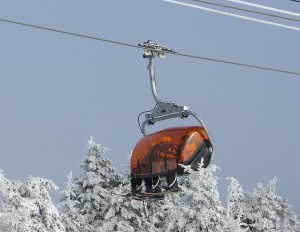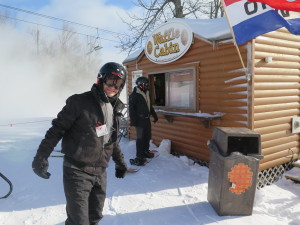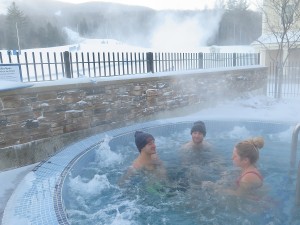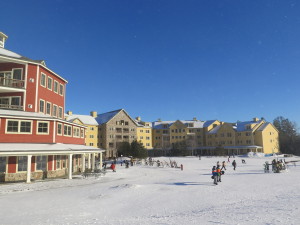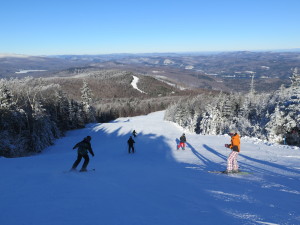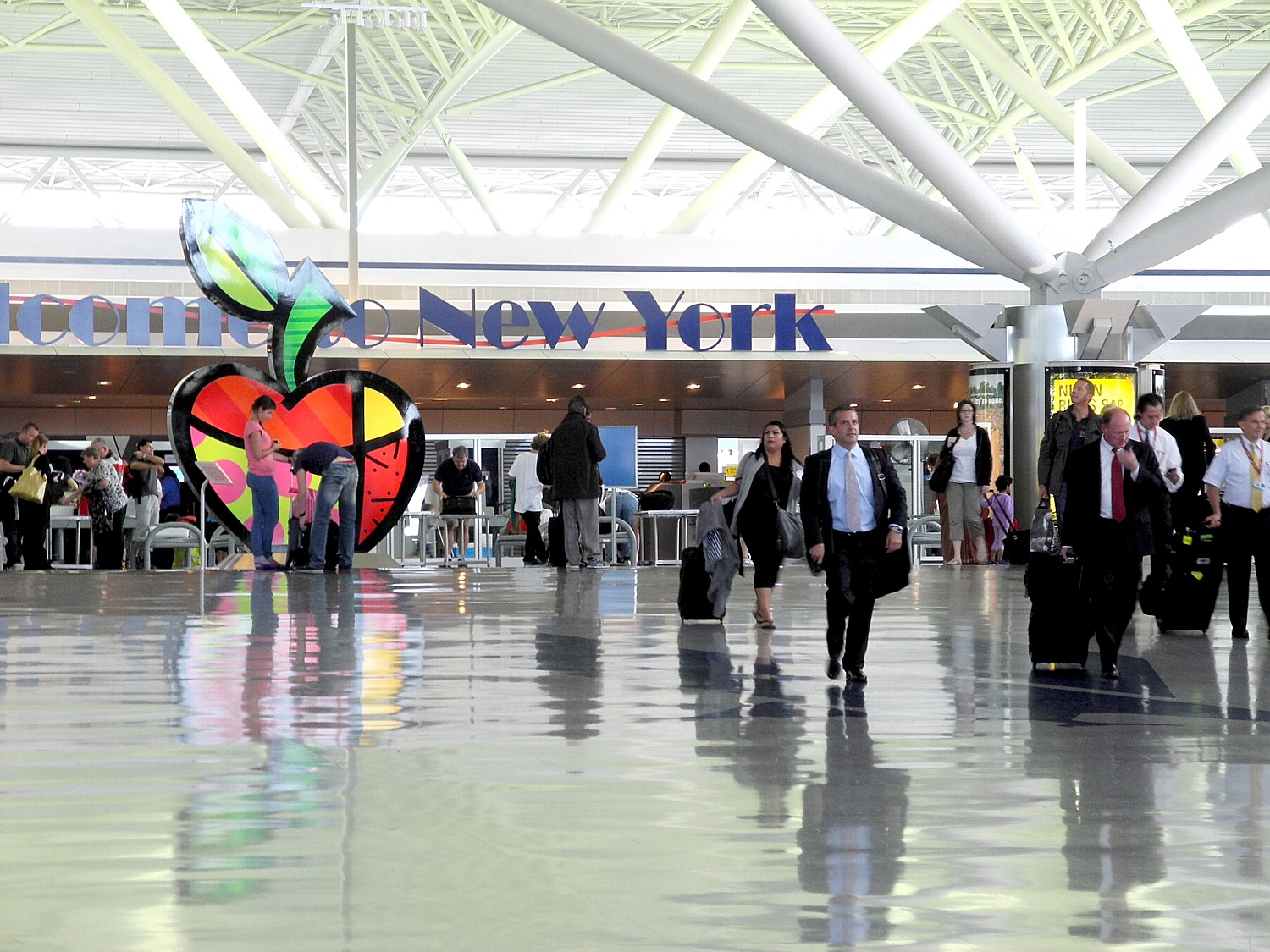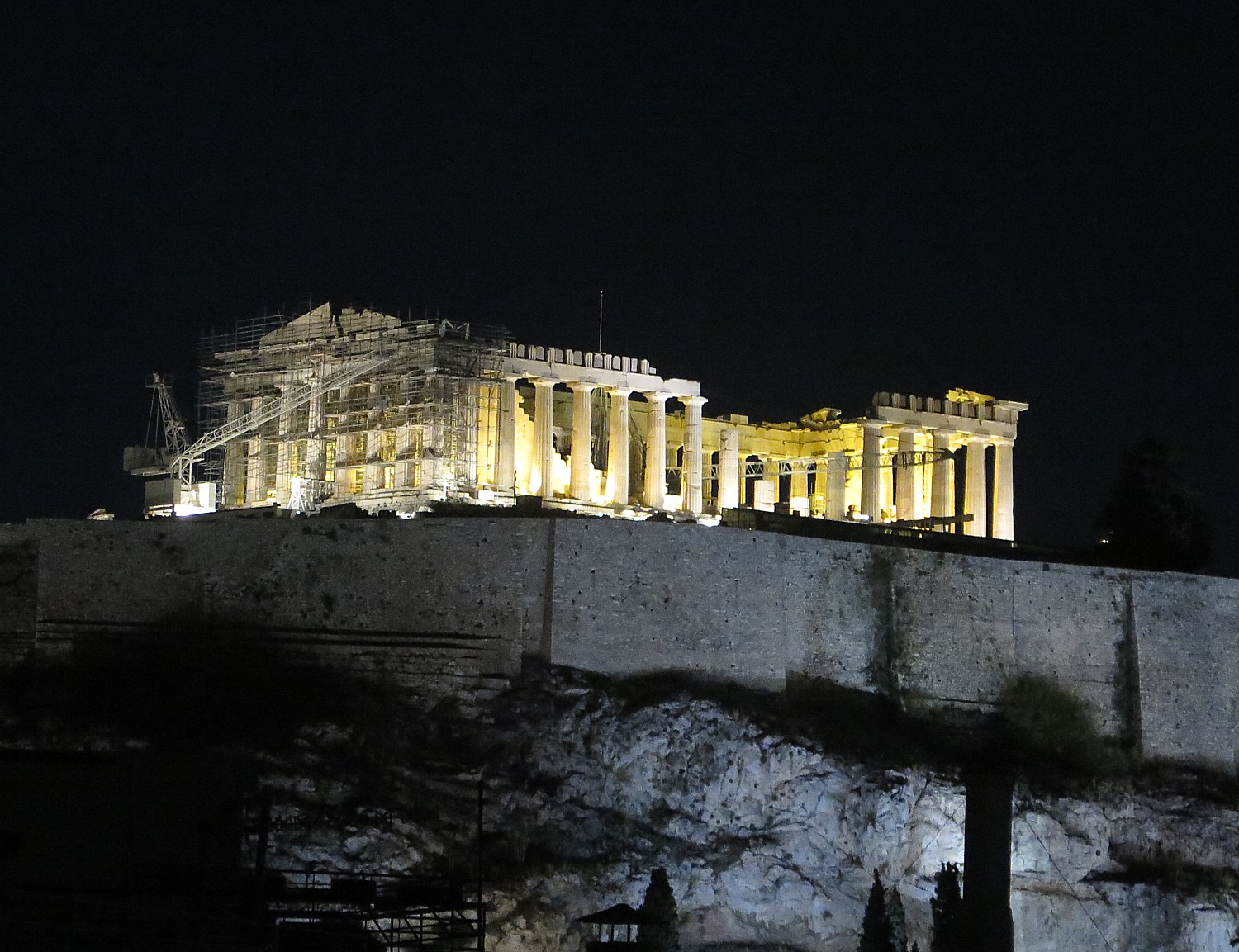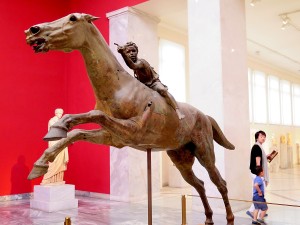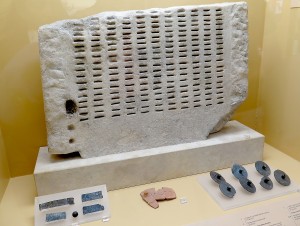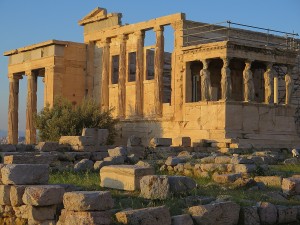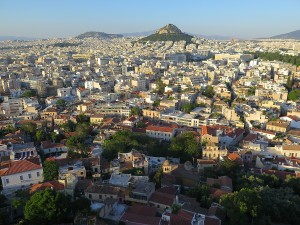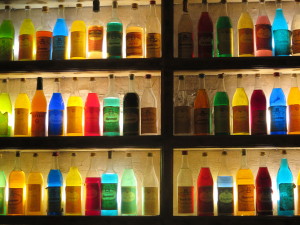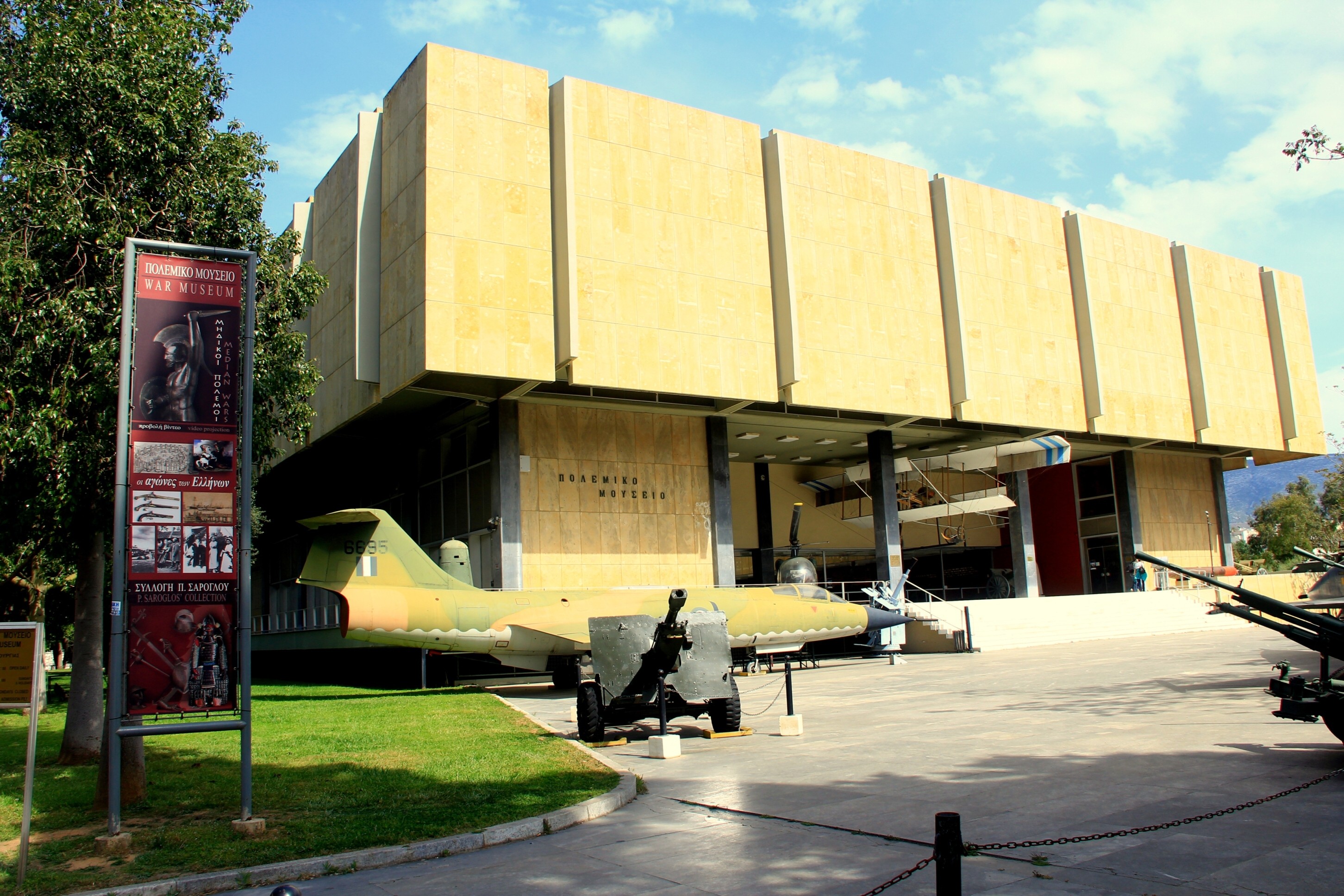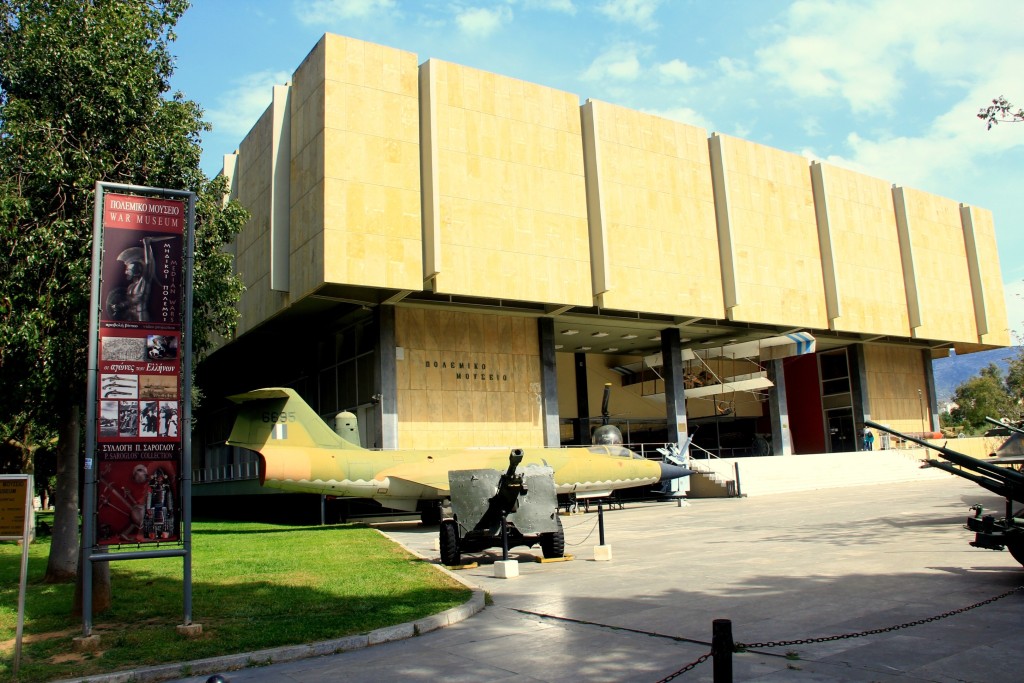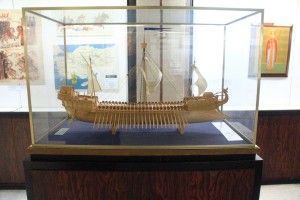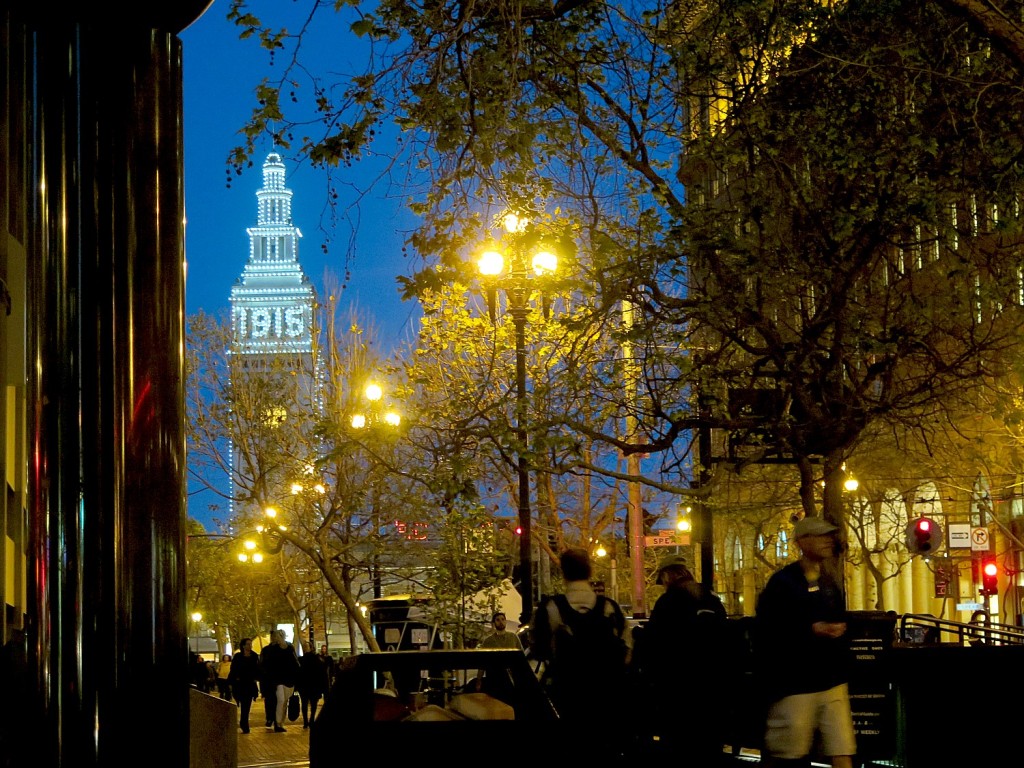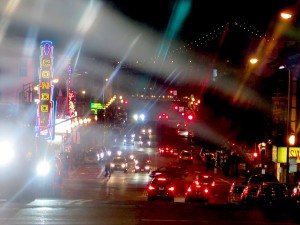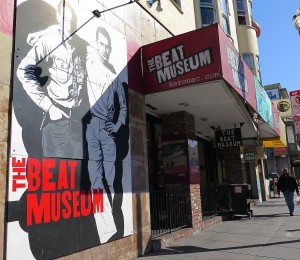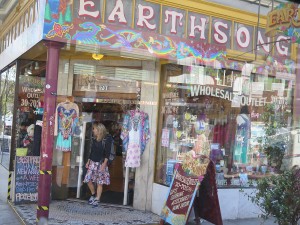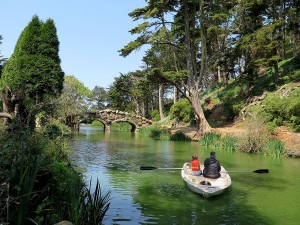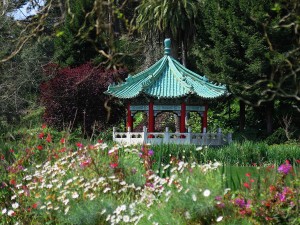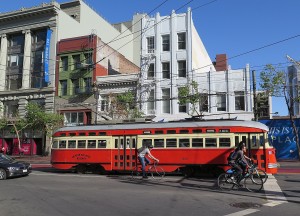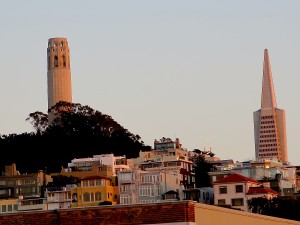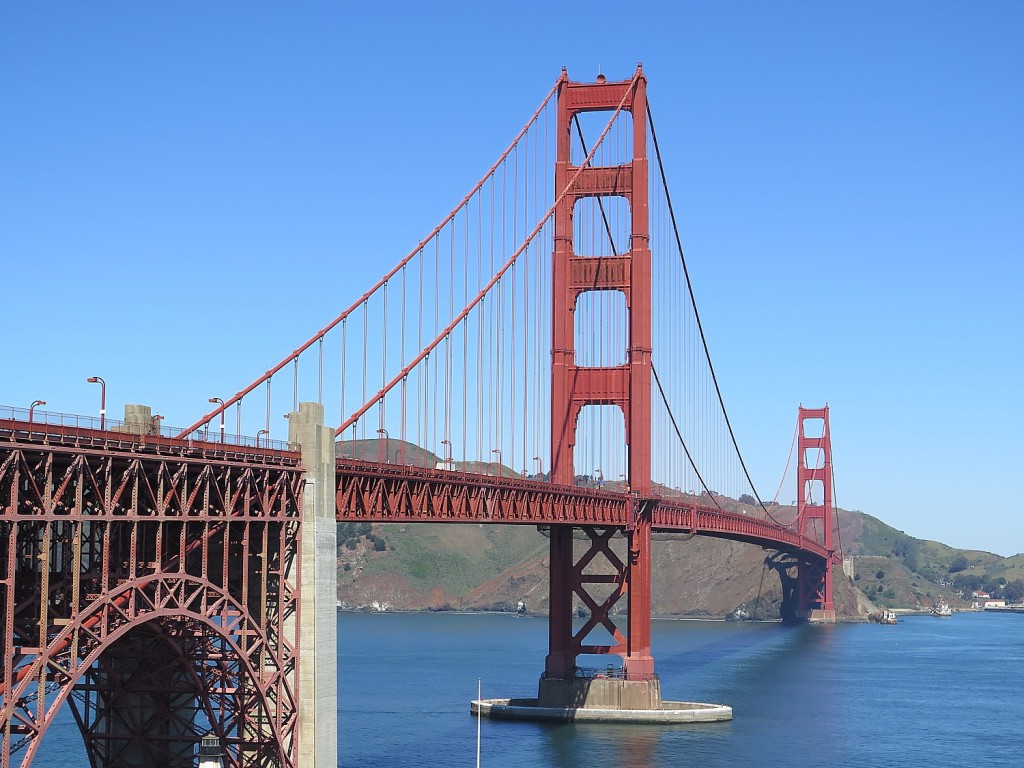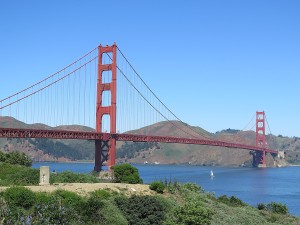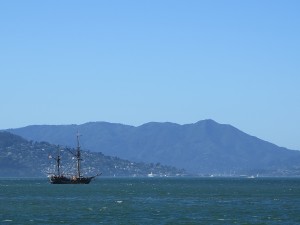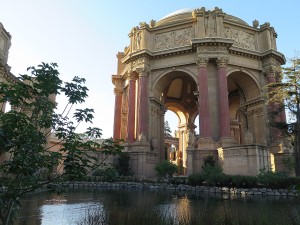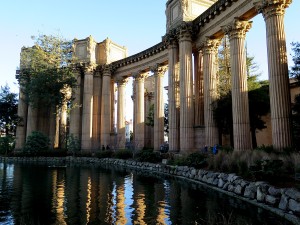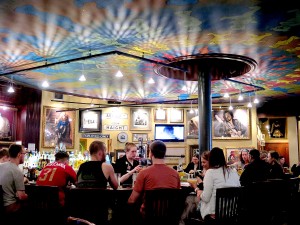
MONTPELIER, Vt. –People are more inclined to associate Vermont with snow and the outdoors, but chasing along the spine of Vermont’s beloved Green Mountains, towns and villages that were established as farming and ski communities have grown into some of the state’s most thriving arts hubs. Understandably, in Vermont, the arts are as rich as the soil and steadfast as thru-hikers on the Long Trail. The state’s landscape – with its valleys and dynamic mountains – has both inspired and integrated the arts into its environment. In this light, the Vermont Arts Council and the Green Mountain Club, stewards of the nation’s oldest long distance hiking trail, the 273 mile Long Trail, have partnered to provide arts and outdoors enthusiasts a collection of recommended communities that offer excellent arts and hiking opportunities.
With its abundance of outdoor recreation, it’s fitting that Vermont is one of the “healthiest states,” in the nation according to the United Health Foundation. A lesser known fact is that in Vermont, you’re often in the company of artists. Vermont ranks third in the nation for artists as a percentage of its workforce, second for fine artists and writers, and eighth for both musicians and photographers.
For many weekend or day hikers, the abundance of towns that have both trailheads and dynamic arts provide a perfect pairing for an immersive vacation. A traveler can experience natural beauty by foot along the trail and explore art “hands-on” at workshops, festivals and concerts.
Vermont Arts & Hiking Hubs, North to South:
Near the Long Trail’s northern terminus, in the Jay and Montgomery region, you’ll find a variety of local artists: woodcutters, potters, jewelers, musicians and weavers. Venues exhibiting on a regular basis are The Artist in Residence Gallery in Enosburg Falls, Mountain Fiber Folk – offering locally made fiber arts as well as extensive supplies – in Montgomery Center, the Wooden Horse Arts Guild in North Troy, and the Memphremagog Arts Collaborative in Newport. Also, tune into the talent of local and visiting musicians at Now Playing Newport.
For many thru-hikers, this leg of the Long Trail is a serious accomplishment – reaching the Vermont-Canadian border signals the end of a 273 mile journey. But the Long Trail can also be enjoyed for day or overnight hikes. Follow the Long Trail north from Route 242 to the summit of Jay Peak to see the panoramic views of the surrounding mountains and valleys. It’s a moderate climb to the summit and back (3.4 miles round-trip) but worth the effort. If you want to spend a night on the trail, Laura Woodward Shelter is another 1.5 miles north of the summit.
The villages of Jeffersonville and Cambridge have been havens for landscape painters for the last century. Visitors will see plein air artists along the roadsides, particularly in autumn. Travelers will be surprised to see the region’s latest public art, a large-scale mural reinventing an old silo in Cambridge. Visit the Cambridge Arts Council to learn about classes and upcoming festivals. Also, the Mary Bryan Gallery and Visions of Vermont Gallery offer exceptional opportunities to appreciate or purchase the works of local artists and special exhibits.Smugglers’ Notch Resort offers various multi-age and discipline craft and painting classes with local artists Nancy Schade and Cheryl Pecor.
Hiking through Smugglers’ Notch to Mount Mansfield, the state’s highest peak at 4,393’ is a highlights of the Long Trail. At the top of in Smugglers’ Notch, along Route 108, the popular 1.1 mile Sterling Pond Trail leads to beautiful, high mountain pond. For an extended hike from Sterling Pond, hikers can continue on a 3.5 mile loop along the Elephant’s Head trail with spectacular views. Cliffs and dynamic boulders make this region popular for bouldering, rock and ice climbing.
In Stowe, catch a performance at Spruce Peak Performing Arts Center; take a class or tour the latest exhibit at Helen Day Arts Center in the village, visit Green Mountain Fine Art on Main St. or enjoy the West Branch Gallery & Sculpture Park, a contemplative place to stretch your legs in all seasons. Some of the several additional galleries and studios to explore include Stowe Craft Gallery, Robert Paul Galleries and Little River Hot Glass Studio.
The summit of Mount Mansfield is readily accessed following the Long Trail south from Route 108 in Stowe. Hell Brook Trail, one of the state’s most challenging hikes, reaches the summit from Route 108 in 2.1 steep, scrambling miles. The Stowe Pinnacle is located nearby on the Worcester Range and is an excellent day hike offering sweeping views of the Green Mountains and the valley below. Before you set out on the trail, make sure that you stop by the Green Mountain Club Visitor Center on Route 100 in Waterbury Center for maps and expert advice!
The Mad River Valley is home to several arts spaces, including the Artisan’s Gallery, Mad River Glass Gallery, Walker Contemporary Gallery and Luminosity Studios in the Old Church. Waitsfield is also the headquarters of the month-long fete and year-round exhibit space, the Vermont Festival of the Arts Gallery. There’s also Mad River Antler, “natural shed antler artistry,” Waitsfield Pottery, as well as private ceramics lessons and raku at the Naked Potter.
Hikers in the Mad River Valley will enjoy steady ascents and miles of ridgeline payoffs on the 11.6 mile Monroe Skyline, a popular and strenuous “gap to gap” hike traversing the Long Trail north from Lincoln Gap and Appalachian Gap. Peaks include Mount Abraham, Lincoln Peak, Mount Ellen and General Stark Mountain. Also in the region, explore rock-top vistas atop Burnt Rock, accessed via the Hedgehog Brook Trail in Fayston (5.2 miles round-trip), For an easier hike, follow the Long Trail south from Lincoln Gap to Sunset Ledge with views of Lake Champlain and the Adirondacks, 2.2 miles round trip).
The Middlebury region is brimming with arts offerings a close distance to State and National Forests. Meet artist Jean Cherouny for a private printmaking or painting workshop or peruse group class offerings at Middlebury Studio School. Visit the Middlebury College Museum of Art and Mahaney Center for the Arts; explore and shop at Edgewater Gallery and get to know Vermont Artist Woody Jackson’s works beyond his cows of Ben & Jerry’s fame. At Rikert Nordic Center, the trails lead to the historic Robert Frost Summer Cabin. While walking in this Vermont Poet Laureate’s footsteps, it’s easy to understand the inspiration this area has offered to so many visiting writers, students and athletes.
The Long Trail crosses Rt. 125 at Middlebury Gap. Hike north along the Long Trail and a spur trail 0.8 miles to Silent Cliff for excellent views of the Green Mountains and Champlain Valley. This region is home to Breadloaf Wilderness, well known for its black bear and moose populations. Day hikers will enjoy Branbury State Park and U.S. State Forest Silver Lake Campground. Visit the Green Mountain National Forest Middlebury Ranger Station for additional recommendations and wayfinding.
Hikers descending from Killington cross Route 4 in central Vermont, where they can head to Rutland’s extensive Chaffee Art Center and visit Paramount Theatre for national acts appearing in an exquisitely restored 1912 opera house. Also along Route 4, the Crossroad of Vermont Byway, there’s the Carving Studio and Sculpture Center situated at an historic marble quarry and massive sculptures to explore in the outdoors at the West Rutland Art Park.
At 4,236’, Killington Peak is the Vermont’s second highest summit. On a clear day, the Adirondacks and the White Mountains of New Hampshire are visible. The Appalachian Trail and Long Trail share the same footpath in this part of the state and come within 0.2 miles of the summit. A spur trail will get you to the summit and is well worth the extra climb. Another excellent hike is the 2.2 mile Deer Leap Trail off of the Appalachian Trail with great views from Deer Leap Rock, also a popular destination for rock climbing. South of Killington, from Route 140 in Wallingford, the Long Trail passes through the White Rocks National Recreation Area and leads to a magical garden of rock cairns. Here, you can photograph the existing collection of cairns or…. enjoy creating your own!
Campers at Jamaica State Park can head into the village and venture into Elaine Beckwith’s Gallery and dine at the Garden Cafe, a culinary-art-space and market. Or, head into Manchester to visit some of the town’s abundant arts offerings, including Hills Alive, a rich and diverse calendar of cultural events and opportunities offered year-round, Southern Vermont Arts Center and the Museum of Creative Process. Additional villages near trailheads include Weston, with its Weston Playhouse and Village Green Gallery, as well as Martha’s Folk Art and Mountain Painters & Artisans Gallery in Londonderry.
The Long Trail is conveniently accessed just outside Manchester Village, from Routes 11 and 30. Hikers can take the 6 mile round trip to the summit of Bromley Mountain for beautiful views of the hills and villages below. Other nearby day hikes include Stratton firetower and the rock outcrop of Spruce Peak. Another fine option is the Old Rootville Road trail from Route 30 in Manchester Center leading to Prospect Rock. The hike is 3.5 miles round trip, and features a waterfall and excellent views of Mount Equinox and Manchester village.
There are dozens of arts opportunities in Bennington and eastward heading into the mountains along Route 9, the Molly Stark Byway. In Old Bennington, catch a show at Oldcastle Theater, visit Robert Frost’s memorial and catch a bird’s’-eye view from Bennington Monument, the tallest structure in Vermont. Tour the extensive Native American art collection and Art of the Animal Kingdom exhibit at Bennington Center for the Arts & Covered Bridge Museum, and see the world’s largest collection of Bennington pottery and Grandma Moses paintings at Bennington Museum. Shop at Fiddlehead at Four Corners, a contemporary craft and fine art gallery in the heart of historic downtown district.
Just outside of Bennington, the 3 mile round trip Pine Cobble Trail offers a picturesque vista of the tri-state area. For a more dynamic hike, access the Long Trail from Route 9 and follow it 1.8 miles southbound along a steep trail to an even steeper rock staircase up to popular Harmon Hill, with views of Bennington and the surrounding countryside. Continue on and in 12.5 miles, you’ll reach the Vermont-Massachusetts border, also known as the southbound terminus – or for most Long Trail thru-hikers, the beginning – of the Long Trail.
If Vermont’s arts and peaks have “piqued” your interest, visit VermontArtsCouncil.org, VermontArts2016.com and GreenMountainClub.org.
For more travel features, visit:
goingplacesnearandfar.wordpress.com
travelwritersmagazine.com/TravelFeaturesSyndicate/
goingplacesfarandnear.tumblr.com/
instagram.com/krubin0830/
‘Like’ us on facebook.com/NewsPhotoFeatures
Twitter: @TravelFeatures



